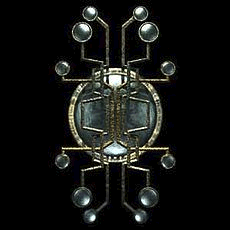- 0
Temporal vs Edge vs SMAA
-
Similar Content
-
- 8 replies
- 492 views
-
- 53 answers
- 9,958 views
-
How to create grass textures for ENB Complex Grass 1 2
By MarcDwonn,
- SKYRIMSE
- complex grass
- (and 1 more)
- 28 replies
- 1,873 views
-
-
Recently Browsing 0 members
- No registered users viewing this page.




Question
DoYouEvenModBro
Does anyone have any screenshot comparisons of the new AA modes in ENBLOCAL compared to traditional SMAA?
Also, what is the best combination of AA that you have found? Should I combine Edge, Temporal, SMAA, and Sub Pixel AA?
Link to comment
Share on other sites
Top Posters For This Question
9
9
8
5
Popular Days
Sep 11
22
Sep 10
7
Sep 9
3
Sep 12
1
Top Posters For This Question
Aiyen 9 posts
johnnyboy88 9 posts
DoYouEvenModBro 8 posts
JudgmentJay 5 posts
Popular Days
Sep 11 2013
22 posts
Sep 10 2013
7 posts
Sep 9 2013
3 posts
Sep 12 2013
1 post
32 answers to this question
Recommended Posts
Create an account or sign in to comment
You need to be a member in order to leave a comment
Create an account
Sign up for a new account in our community. It's easy!
Register a new accountSign in
Already have an account? Sign in here.
Sign In Now